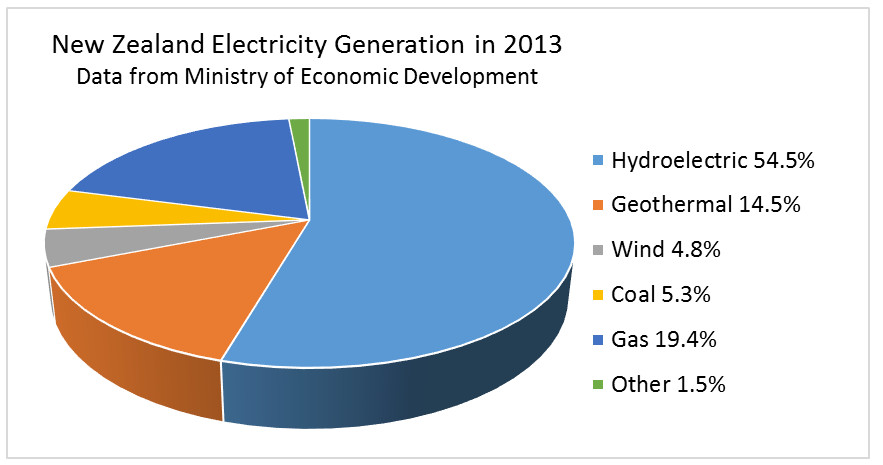Electricity Generation | Te Mahi Hiko
Introduction
Abstract
A primer on the generation and use of electricity in New Zealand.
Principles Illustrated
- How electricity is generated
- The scale of electricity use in industrialized countries
- Relationship between work, energy, and power
Content
Video
English version
Te Reo Māori Version
Instructions
Having students lift the 10 kg mass gives a good indication of how much energy we use. Ask the students what happens to the energy given to the mass if it is lifted quickly. Does it increase, decrease, or stay the same? The energy given to the mass is just mgh and does not depend on how quickly the mass is lifted. Next ask about the power required. The power, which is energy per second, is higher if the mass if lifted quickly. In other words, lifting the mass slowly delivers the energy over a longer time, at lower power. Lifting the mass quickly delivers the same energy in a short time, at higher power.
Other Information
Safety
Students need to be careful with the 10 kg mass, ensuring it does not drop on a foot.
Individual teachers are responsible for safety in their own classes. Even familiar demonstrations should be practised and safety-checked by individual teachers before they are used in a classroom.
Notes, Applications, and Further Reading
The data in the images below is from the Ministry of Economic Development:
http://www.med.govt.nz/sectors-industries/energy/energy-modelling/data/electricity
Note the large increase in the use of wind to generate electricity, from nearly nothing in 2003 to almost 5% in 2013. Note also the increase in the use of geothermal generation.


Credits
This teaching resource was developed by the Te Reo Māori Physics Project with support from
- Te Puni Kōkiri
- The MacDiarmid Institute
- Faculty of Science, Victoria University of Wellington
- School of Chemical and Physical Sciences, Victoria University of Wellington
- The New Zealand map shown on the poster frame above is used with permission from www.nz.com.
- The photos of Clyde Dam and Ohaaki Geothermal Field were provided by Dr. Gillian Turner in the School of Chemical and Physical Sciences at Victoria University of Wellington.
- The photo of Huntly Power Station was provided by The Encyclopedia of New Zealand. Click here.
- The photo of the transformer is from Central Park Substation in Wellington and was provided by TransPower.